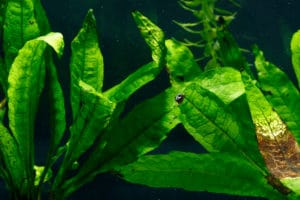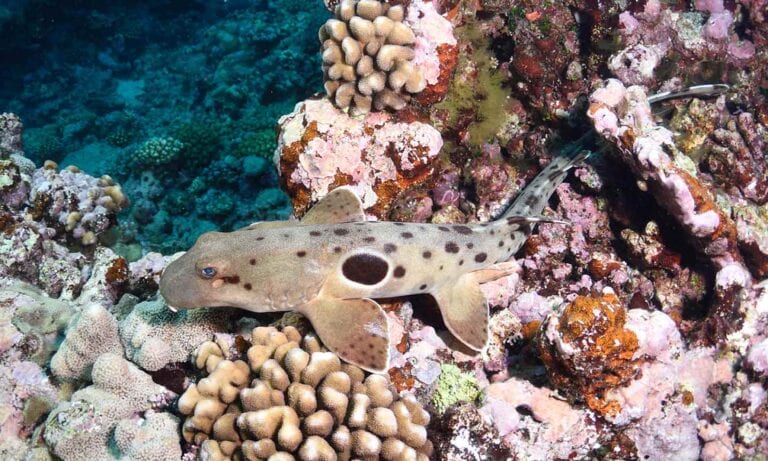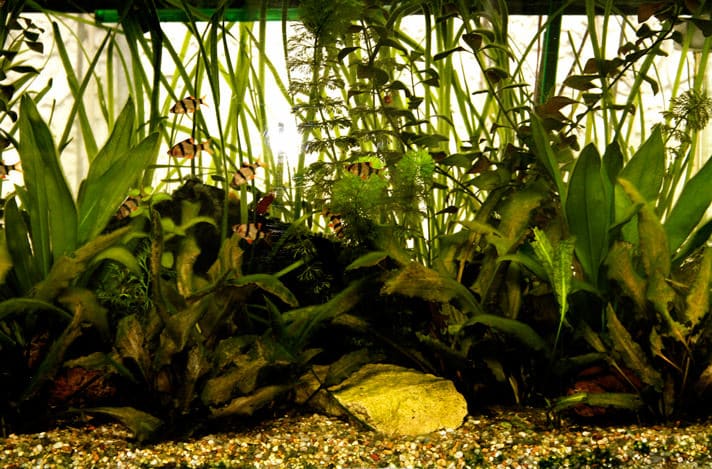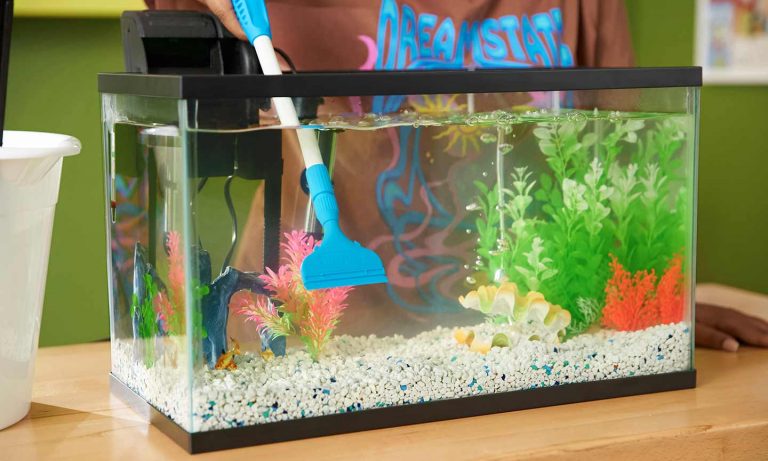Q.
I would like to know why my fern is turning crispy. I left it alone, and new aquatic plants are starting to form from the bottom. I don’t want it to look crispy. I turn the lights on for 12 hours a day. Thank you for your time. Santiago Silva Willacy, Texas
A.
I am not sure what you mean by “crispy” or which fern you have, but in hopes it will help, I’ll assume it’s the most common type — Java fern (Microsorum pteropus) — and that you are experiencing a common condition with this type of aquatic plant among your fish tank accessories. This is what I call the “Java brown-out.” Sometimes Java fern will start developing brown areas that spread and consume greater portions of the plant. As if enveloped by some infectious agent, the Java progressively deteriorates. Sometimes, there is little or no progression after a few weeks; the old leaf matter falls away and the plant rejuvenates from buds.
This condition can be a nutrient deficiency. Check for adequate nitrates and phosphates: about 10 parts per million (ppm) and 1 ppm, respectively. Also try adding some calcium and magnesium. This can be done with CaCO3 (calcium carbonate), which can be obtained from nurseries or online hydroponics stores, home brewing stores and some aquatic plant stores.
Java fern, even when browning out, produces small adventitious buds at the leaf margins. The baby plants can be separated from the parent plant even when they are very small, and generally are viable aquatic plants on their own.
Java leaves do not live forever, and older leaves will naturally deteriorate in your planted aquarium, eventually turning brown or transparent. Before they fully deteriorate, however, they produce new plants at the edges.
Java ferns are one of those plants that seems to require reaching a certain critical mass before really taking off and growing well. This condition probably has more to do with transplant shock and time required to acclimate to a new environment than with the amount of plant mass. In the end, patience is usually rewarded with Java ferns, because although generally slow growing, they will usually acclimate to low or intense light conditions and soft or hard water, and can be grown with or without added carbon dioxide. In any event, the best approach is to remove the damaged portions of leaves and regrow your Java fern from the remaining leaves and the new plantlets. And again, patience.
Posted by: Chewy Editorial
Featured Image: Via Shutterstock/Pavaphon Supanantananont
Share:









